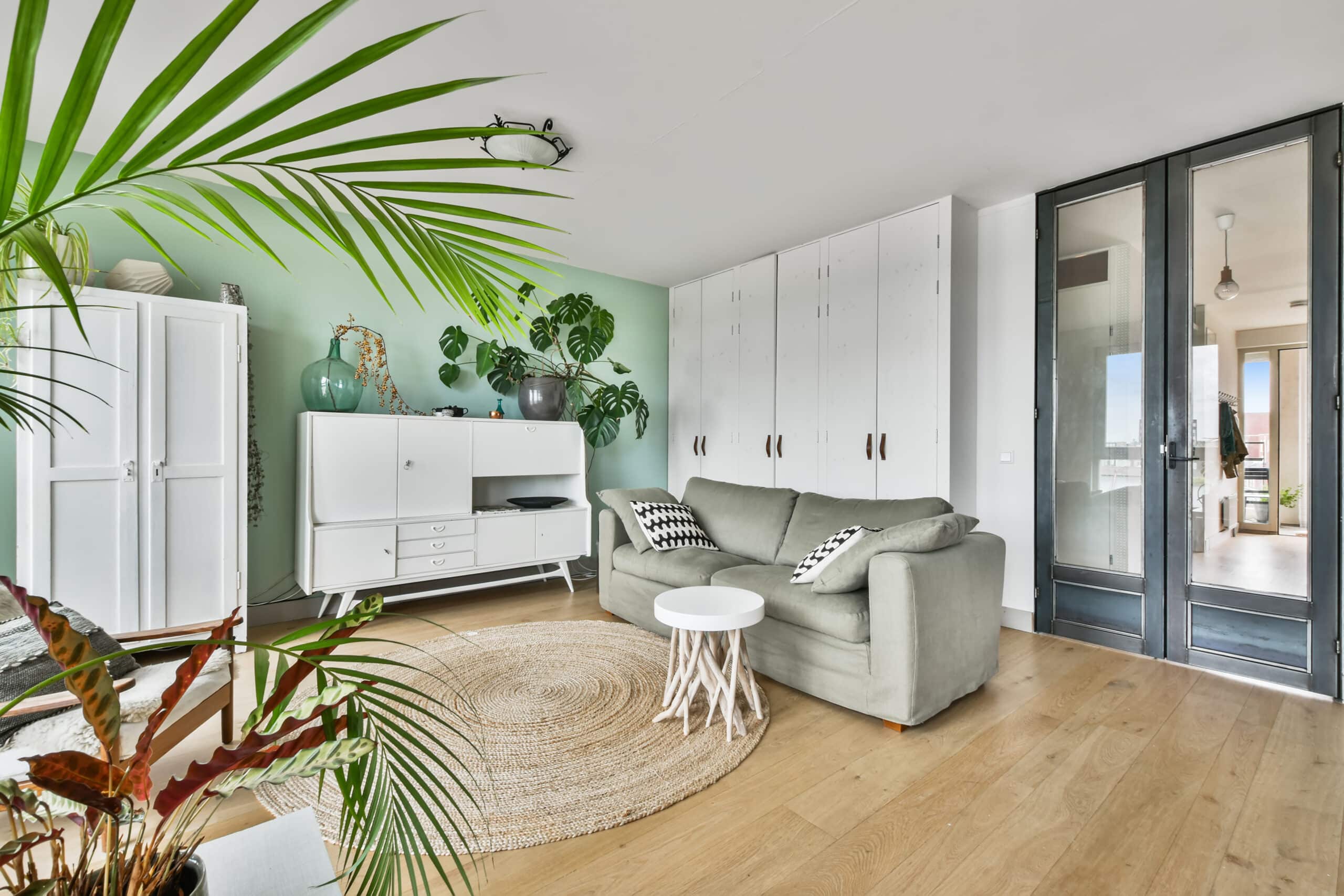How to Clean a Shower: A Comprehensive Guide
Keeping a clean and well-maintained shower is essential to maintaining a healthy and hygienic home. However, with so many different types of shower surfaces, cleaning methods, and products available, it can be difficult to know where to start. In this article, we will provide a comprehensive guide on how to clean a shower, including tips and tricks for tackling different types of shower surfaces, as well as suggestions for the best cleaning products and tools to use.
Understanding Your Shower Surface
The first step in cleaning a shower is understanding the type of surface you are working with. The most common types of shower surfaces include:
-
Ceramic tile: This is the most popular type of shower surface and is easy to clean and maintain. It is made of glazed or unglazed ceramic and is available in a variety of colors and patterns.
-
Fiberglass: This is a budget-friendly option that is easy to clean, but can be prone to scratches and discoloration over time.
-
Acrylic: This is a lightweight and durable option that is easy to clean and maintain, but can be prone to scratches and discoloration over time.
-
Stone: This is a more expensive option that can be made of marble, granite, or other natural stones. It is durable and easy to clean, but can be prone to scratches and stains.
-
Glass: This is a high-end option that is easy to clean and maintain, but can be prone to scratches and discoloration over time.
Cleaning Your Shower
Once you have identified the type of shower surface you are working with, it’s time to start cleaning. Here are some tips and tricks for cleaning different types of shower surfaces:
-
Ceramic tile: Use a mild detergent and warm water to clean the tiles, and then rinse with clear water. For tough stains, use a mixture of equal parts white vinegar and water, and then rinse with clear water.
-
Fiberglass: Use a mild detergent and warm water to clean the surface, and then rinse with clear water. For tough stains, use a mixture of equal parts white vinegar and water, and then rinse with clear water.
-
Acrylic: Use a mild detergent and warm water to clean the surface, and then rinse with clear water. For tough stains, use a mixture of equal parts white vinegar and water, and then rinse with clear water.
-
Stone: Use a mild detergent and warm water to clean the surface, and then rinse with clear water. For tough stains, use a mixture of equal parts white vinegar and water, and then rinse with clear water.
-
Glass: Use a mild detergent and warm water to clean the surface, and then rinse with clear water. For tough stains, use a mixture of equal parts white vinegar and water, and then rinse with clear water.
Recommended Products and Tools
In addition to mild detergent and white vinegar, there are a variety of other products and tools that can help you clean your shower effectively. Some of the most popular products and tools include:
-
A squeegee: A squeegee is a great tool for removing water and soap scum from shower surfaces.
-
A scrub brush: A scrub brush can be used to remove tough stains and grime from shower surfaces.
-
A grout brush: A grout brush is a specialized tool that can be used to clean the grout between tiles.
-
A shower spray: A shower spray is a convenient tool that can be used to apply cleaning solution to hard-to-reach areas of your shower, such as corners and crevices.
-
A tile and grout cleaner: A specialized tile and grout cleaner can be used to remove tough stains and grime from ceramic tile and grout.
-
A glass cleaner: A glass cleaner can be used to remove stains and streaks from glass shower doors.
Preventative Maintenance
In addition to regular cleaning, there are a few simple steps you can take to help prevent the build-up of stains and grime in your shower. Some tips for preventative maintenance include:
-
Use a shower liner: A shower liner can help prevent water and soap scum from building up on the walls of your shower.
-
Use a shower squeegee: After every shower, use a squeegee to remove water and soap scum from the walls and floor of your shower.
-
Use a shower spray: After every shower, use a shower spray to apply a light mist of water to the walls and floor of your shower.
-
Clean your shower regularly: Regular cleaning is the key to maintaining a clean and hygienic shower.
Conclusion
Cleaning a shower may seem like a daunting task, but with the right tools, products, and techniques, it can be quick and easy. By understanding the type of surface you are working with, using the right cleaning products and tools, and following some simple preventative maintenance tips, you can keep your shower looking like new for years to come.
-






